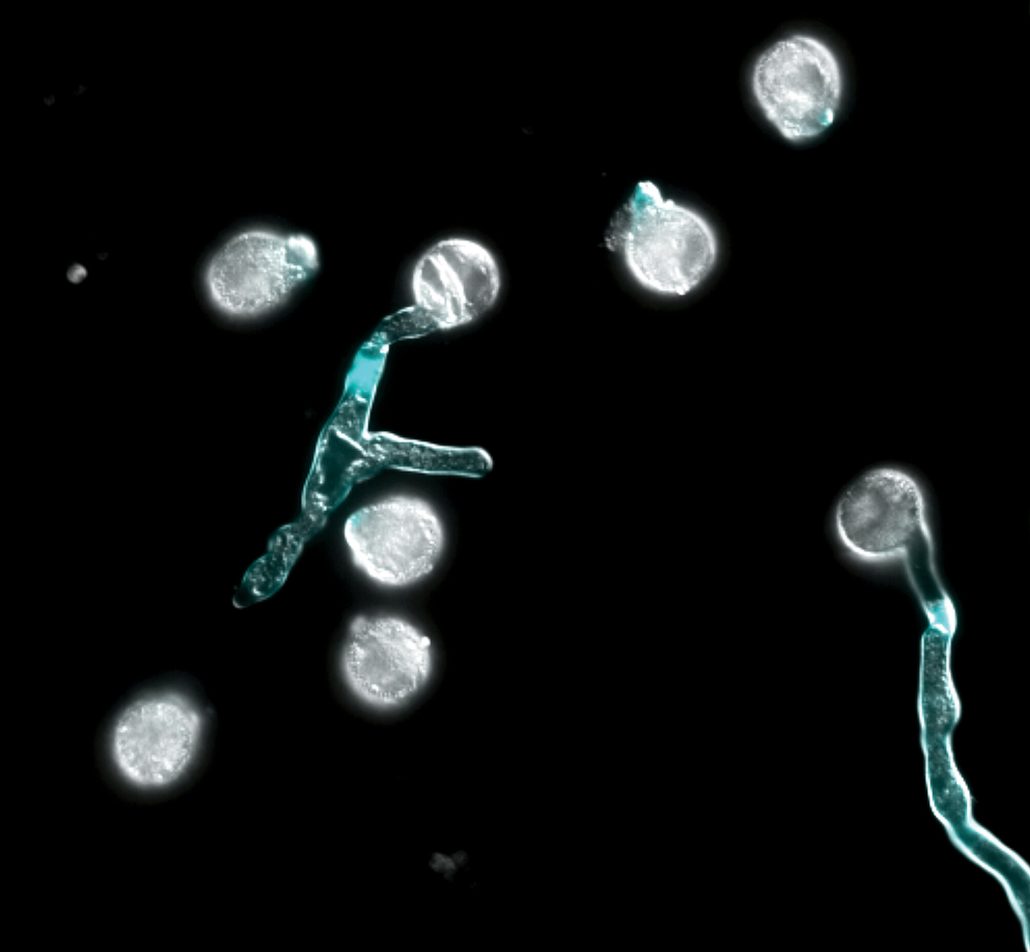
Neo-polyploid infertility associated with defective pollen tube growth
Polyploidy, arising from whole-genome duplication, is a common phenomenon in plant species. However, newly formed polyploids are often infertile and the mechanism(s) by which they adapt to their new karyotypes remain unclear. In this article, Westermann and colleagues chemically induced the formation…
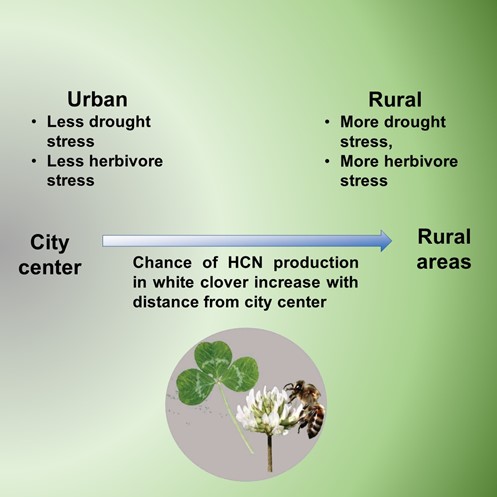
The urban environment led to unintended adaptive evolution in plants (Science)
Generally, evolution is driven by natural selection, but not always. Human activities lead to the creation of unique niches, and other organisms must adapt accordingly. Cities are unique niches that are significantly different from rural areas and natural conditions. The urban habitat provides plants…

How to Thrive under Stress: Stay True to Your Roots
Groen et al. investigate the genes and traits under selection when rice experiences drought.
By Simon C. “Niels” Groen a,b and Amelia Henryc
a Institute of Integrative Genome Biology and Department of Nematology, University of California at Riverside, Riverside, CA, USA;
b Center for Genomics…
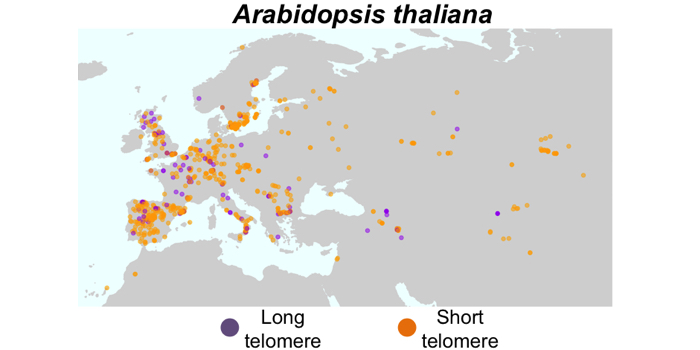
Why does telomere length vary in plants?
Choi et al. uncover the association between telomere length and flowering time variation in Arabidopsis, rice, and maize. The Plant Cell (2021) https://doi.org/10.1093/plcell/koab022
Background: Telomeres are DNA-protein complexes found at the ends of eukaryotic chromosomes that protect the…
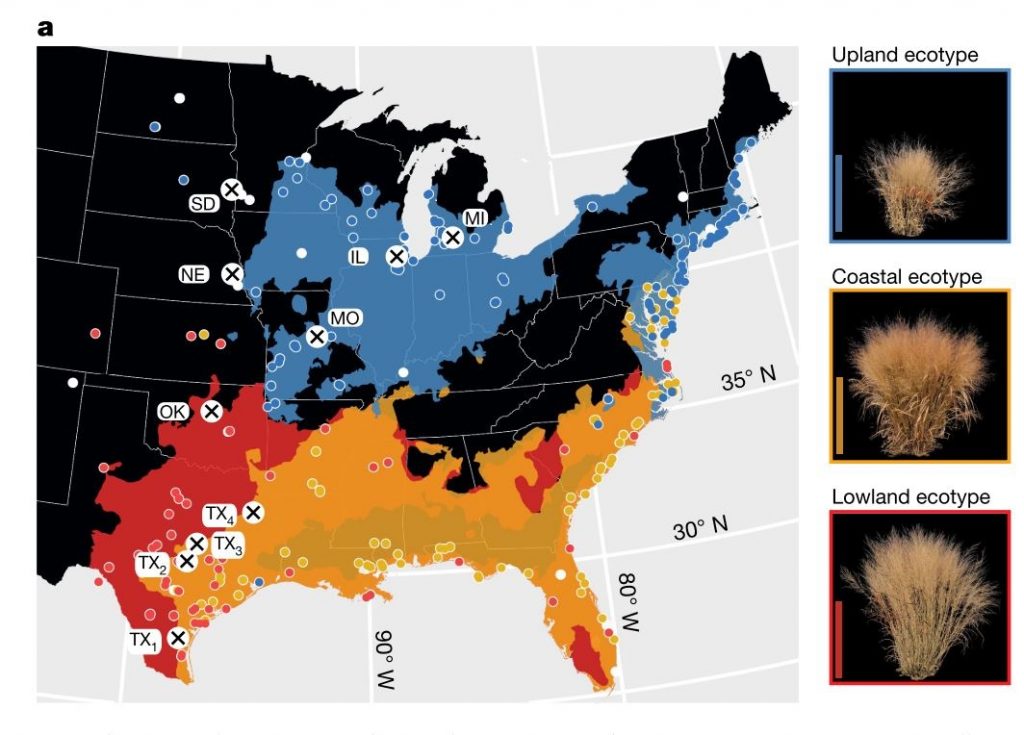
Genomic mechanisms of climate adaptation in polyploid bioenergy switchgrass (Nature)
Switchgrass (Panicum virgatum) is a tall, perennial species native to the prairies of North America. Switchgrass is well-known for its uses as a biofuel and forage crop. However, switchgrass is also a fascinating model to investigate how plants adapt to changing environments, as historical glacial cycles…
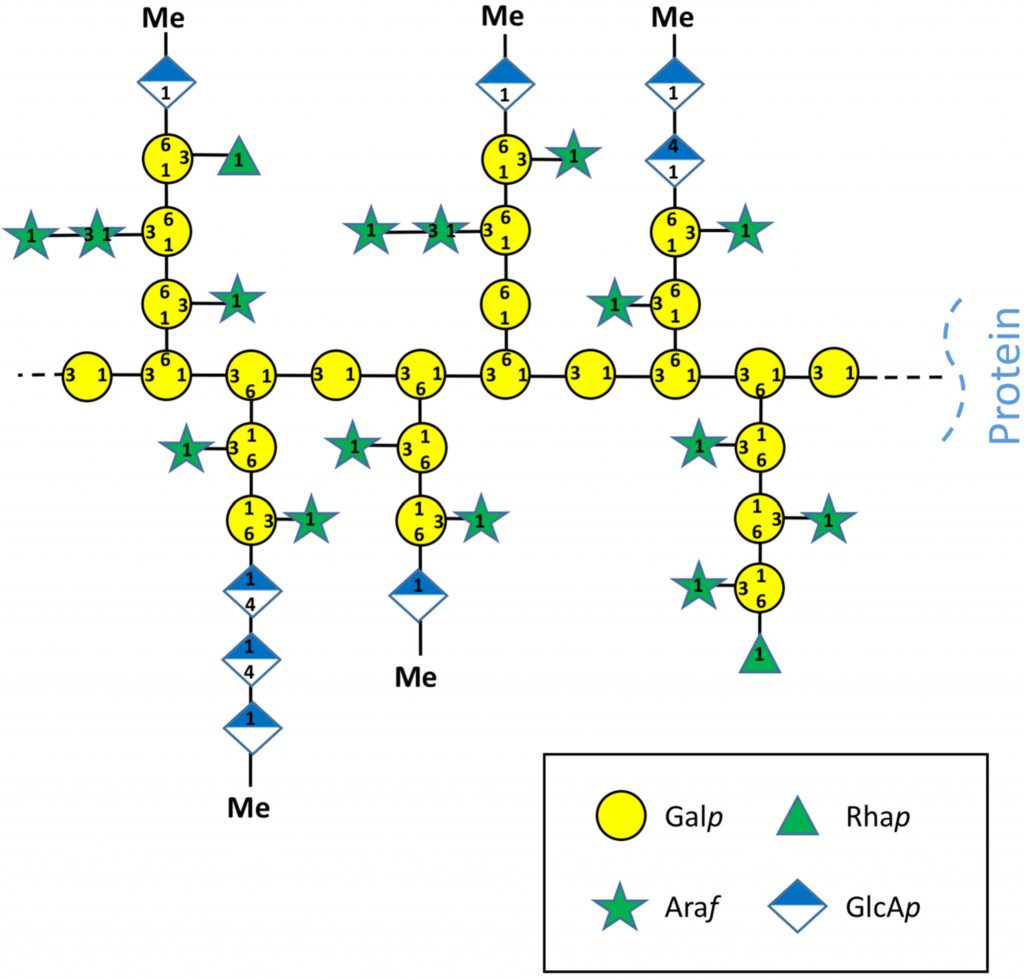
Arabinogalactan-proteins of Zostera marina L. contain unique glycan structures and provide insight into adaption processes to saline environments (Sci. Reports)
Seagrasses are fascinating examples of adaptation. Like dolphins and other sea mammals, they are marine-dwelling descendants of species that had fully adapted to life on land. To survive submerged in saltwater has necessitated morphological, anatomical and physiological adaptations. Recent genome analysis…

